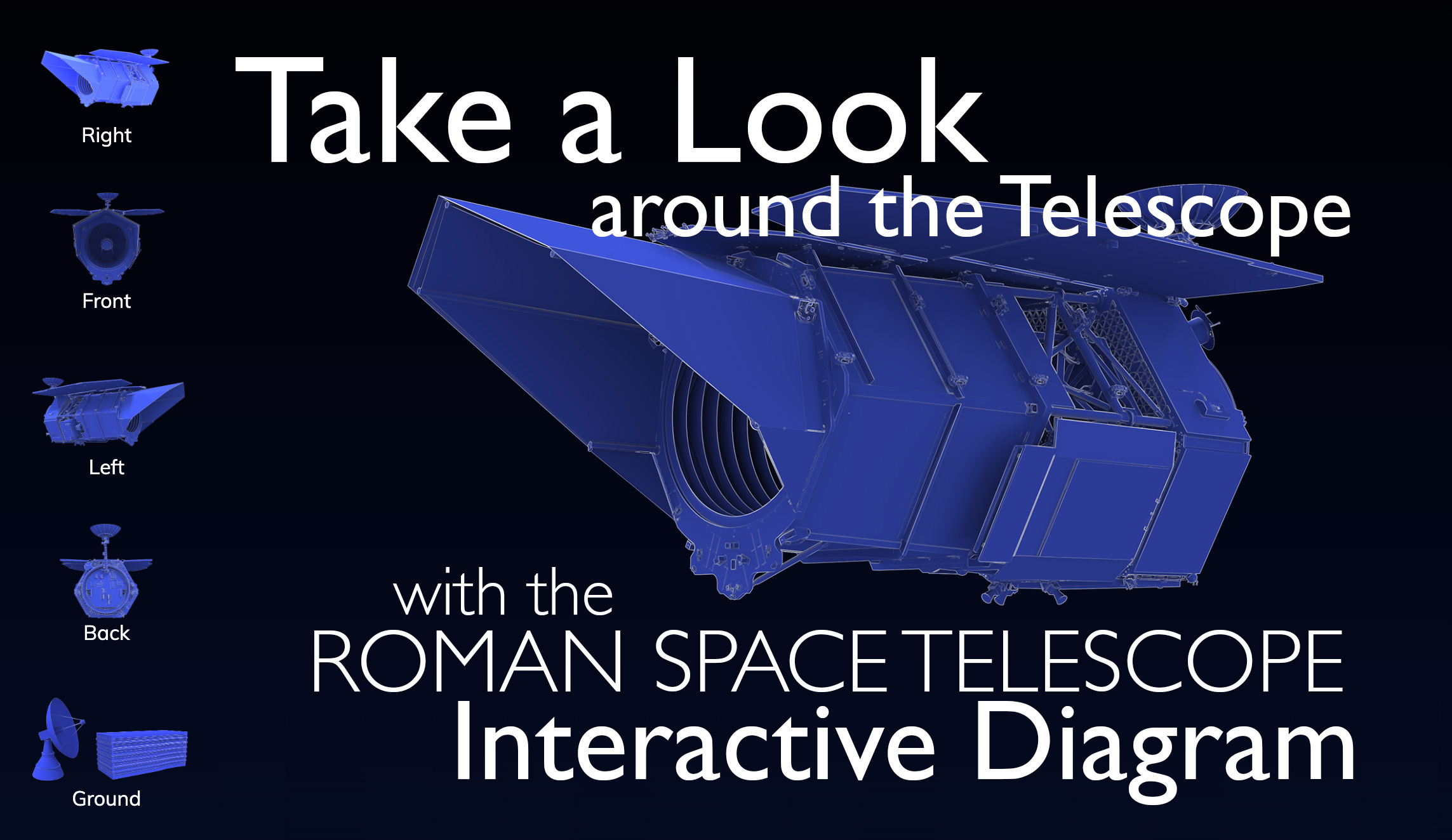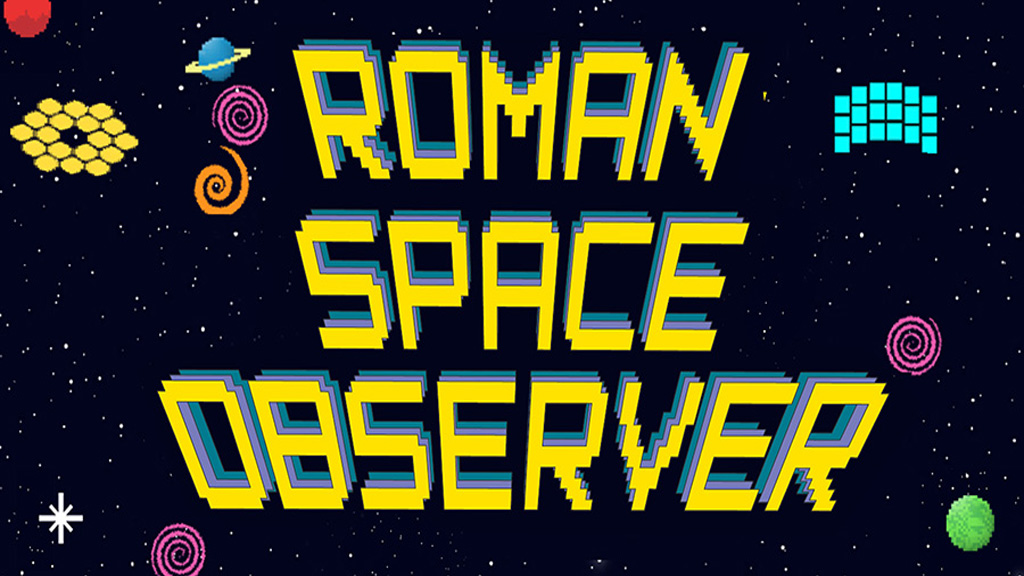Monday,
January 11
12:00pm
Webinar : Aki Roberge
"Exoplanet Science with the Nancy Grace Roman Space Telescope"
The Roman Space Telescope will conduct the definitive survey of cold exoplanet demographics and provide the first space demonstration of active coronagraphy to study exoplanets.
Tuesday,
January 12
4:10–5:40pm
Splinter session
"Exploring the Transient and Variable Universe with the Roman Space Telescope"
The Nancy Grace Roman Space Telescope is a NASA space mission in implementation for launch in the mid 2020s. With a wide field of view of 0.28 sq deg, excellent sensitivity and infrared bandpass, the Roman Space Telescope will provide unique opportunities in time domain and multi-messenger astrophysics. This session will cover a broad sampling of the science topics that can be addressed by Roman observations in the time domain from variable sources in our galaxy to extragalactic transients.
- PROGRAM -
- Julie McEnery (NASA/GSFC) - Roman Space Telescope Mission Status
- Suvi Gezari (STScI) - Extragalactic Transient Science Capabilities of Roman: Expanding beyond SN Ia
- Mansi Kasliwal (CalTech) - The Dynamic Infrared Sky
- Etienne Bachelet (LCO) - Roman Galactic Bulge Survey and Synergies with Ground and Space Based Observatories
- Ashley Villar (Columbia) - A Data Driven Future for Time Domain Astrophysics
Wednesday,
January 13
5:00pm
Webinar : Dominic Benford
"Wide Field Survey Science with the Nancy Grace Roman Space Telescope"
The Roman Space Telescope provides a groundbreaking combination of sensitivity, resolution, and coverage to serve extragalactic astronomy, cosmology, and time domain astronomy.
Thursday,
January 14
4:10–5:40pm
Splinter session
"Exploring the Milky Way with the Nancy Grace Roman Space Telescope"
The Nancy Grace Roman Space Telescope is a NASA space mission intended for launch in the mid 2020s. With a wide field of view of 0.28 sq deg, excellent sensitivity and infrared bandpass, Roman will provide unique opportunities to study our Galaxy. This session will cover a broad range of topics ranging from star formation, stellar evolution, the Galactic center, and the structure of the Milky Way.
- PROGRAM -
- Julie McEnery (NASA/GSFC) - Roman Space Telescope Mission Status
- Sukanya Chakrabarti (RIT) - Understanding Dark Matter in the Milky Way with Roman
- Keith Hawkins (UT Austin) - Galactic Archaeology with Roman
- Bob Benjamin (Wisconsin) - A Roman Road Along the Milky Way
- Martha Boyer (STScI) - The Roman Telescope’s Eye on Evolved Stars in the Milky Way
- Christian Aganze (UCSD) - Studying Ultracool Dwarfs with the Roman Telescope
- Stefanie Milam (NASA/GSFC) - Details in the Little Things: Roman Science in the Solar System
Friday,
January 15
1:20–2:20pm
Town Hall
Opportunities with the Nancy Grace Roman Space Telescope
The Nancy Grace Roman Space Telescope (formerly known as WFIRST) is a NASA flagship mission planned for launch in the mid 2020s. The Roman Space Telescope will perform breakthrough science in dark energy cosmology, exoplanet microlensing, and NIR sky surveys with its Wide Field Instrument. Roman will also feature the Coronagraph Instrument (CGI), a technology demonstration that will directly image and take spectra of exoplanetary systems using several novel technologies together for the first time in space. This session will cover the status of the project and upcoming opportunities for community involvement in planning and executing the science and technology demonstration aspects of Roman.
- PROGRAM -
- Intro to Session – (Jason Rhodes/Moderator, JPL)
- Roman Space Telescope: Status, Capability, and Future Prospects (Julie McEnery, GSFC)
- Coronagraph Instrument Overview (Vanessa Bailey, JPL)
- Opportunities for Your Participation in Roman- (Dominic Benford, NASA HQ)
- Nancy Grace Roman Space Telescope: Data Management and Data Analysis (Harry Ferguson, STScI)
- The Roman Science Support Center at IPAC – (Lee Armus, IPAC)
Go to the AAS web site for more information











